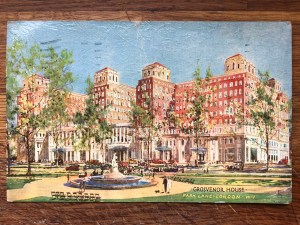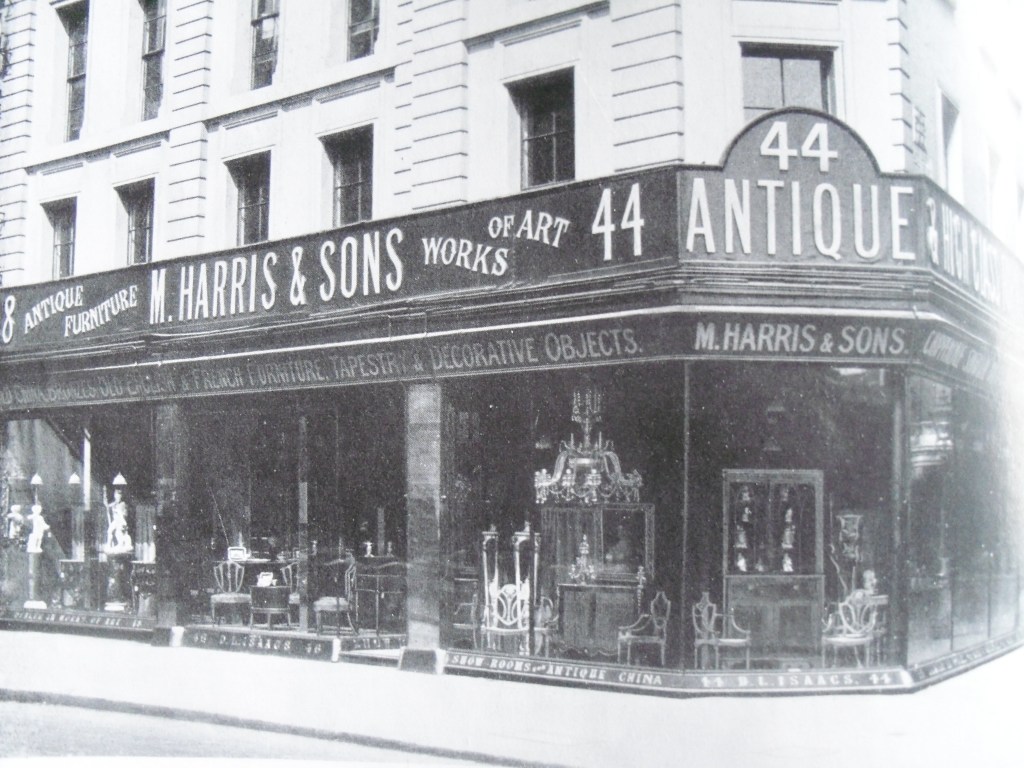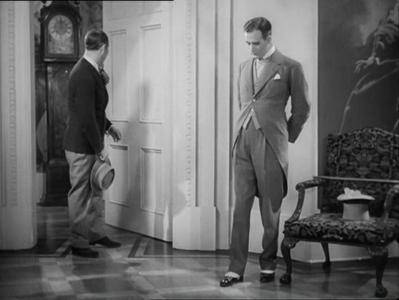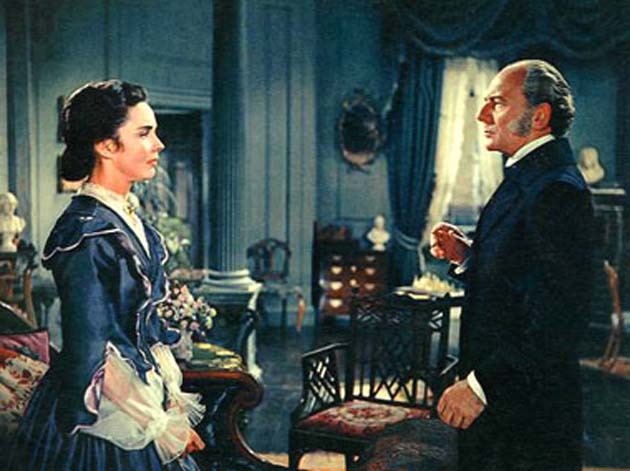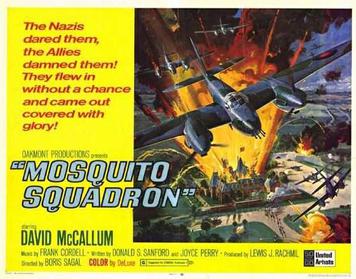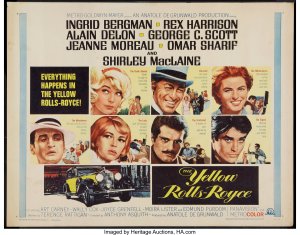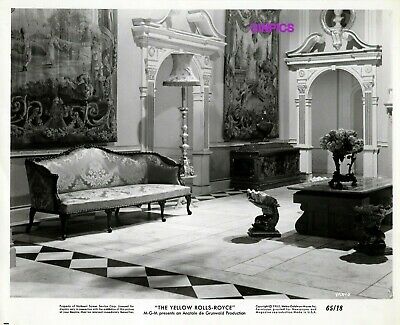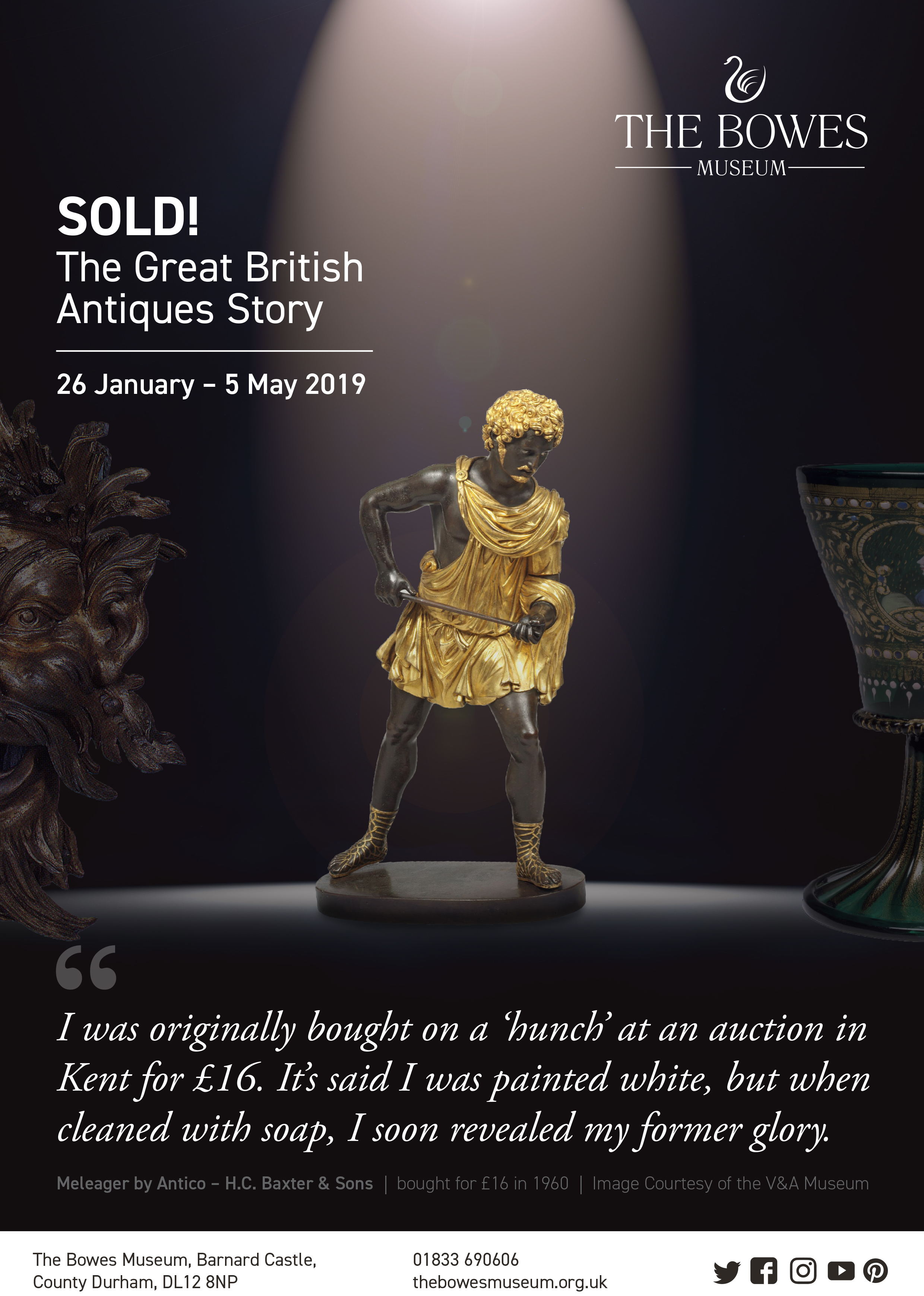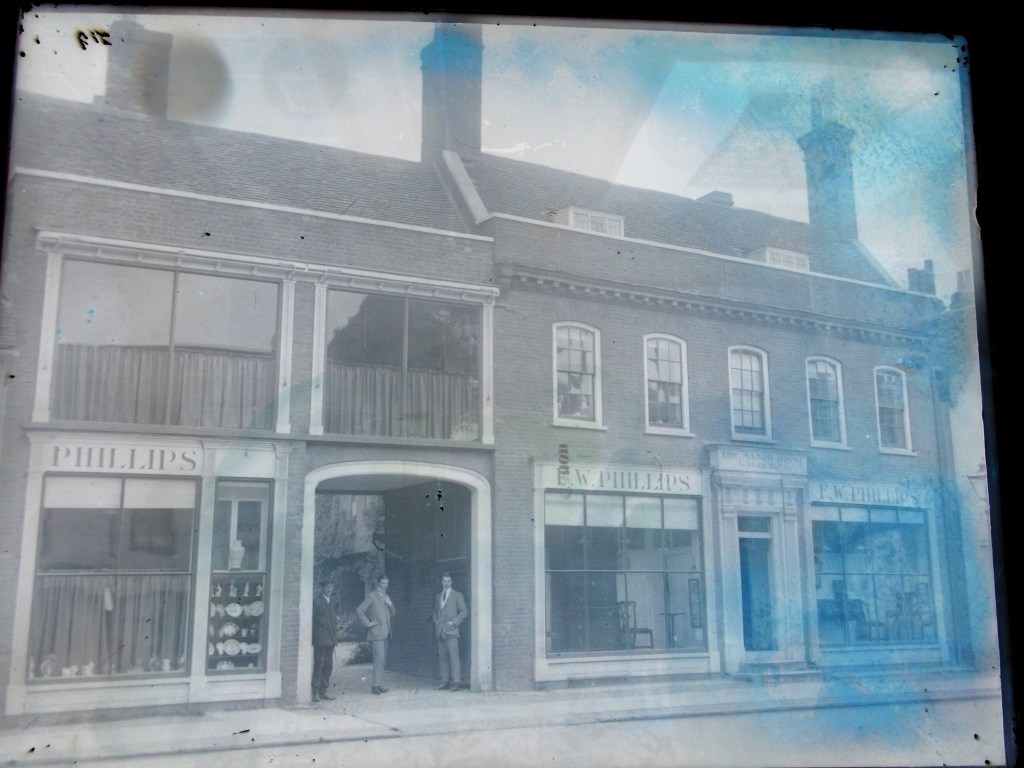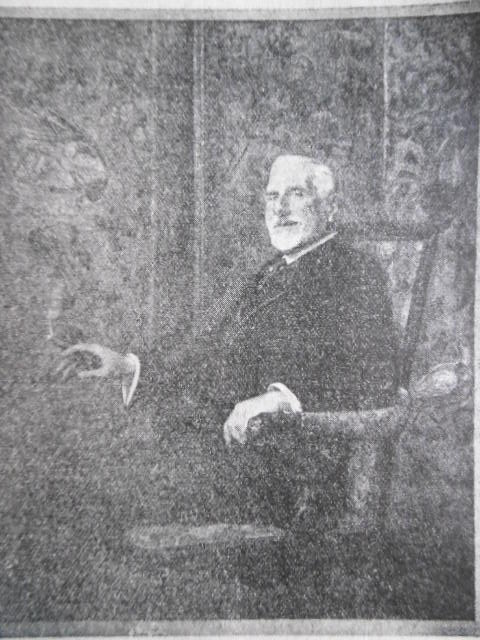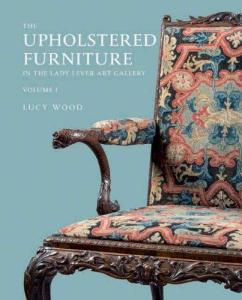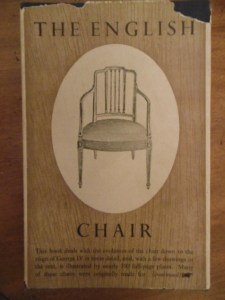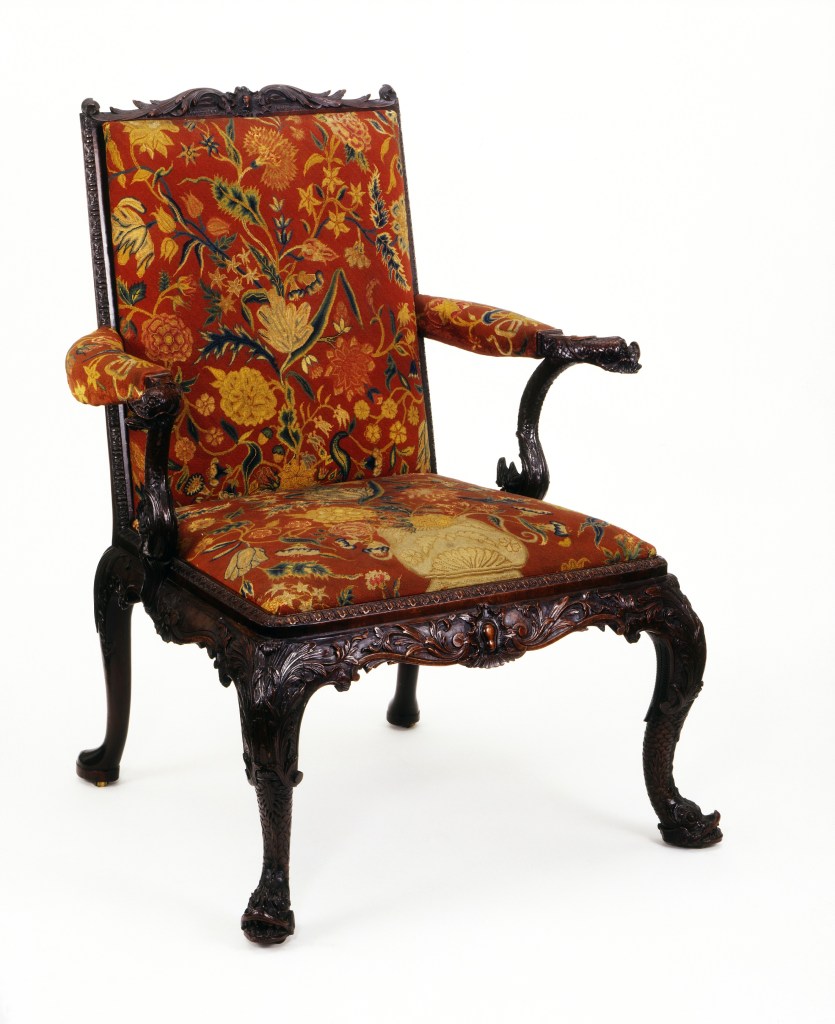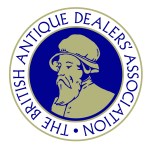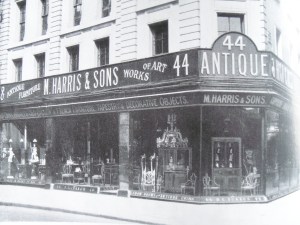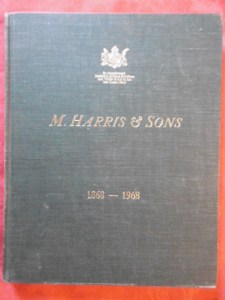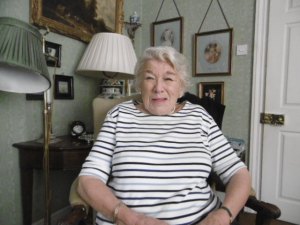This blog post is inspired by one of my Christmas gifts – (thanks to my wife Mo!) – an early edition (1935) of the handbook of exhibitors at ‘The Antique Dealers’ Fair’ (known, from 1970, as ‘The Grosvenor House Antiques Fair’ and from 1994 as ‘The Grosvenor House Art & Antiques Fair). As you may know, The Antique Dealers’ Fair was staged from 1934, with the final edition of the fair in 2009. A copy of the 1935 handbook is quite a rare thing – I don’t yet have a copy of the handbook for 1934, (I have a copy of the list of exhibitors though – but if anyone does know of the whereabouts of a copy of the 1934 handbook I would be very interested to hear).
There was an obvious break in staging the fair during the period around the Second World War (1938-1947) and the event in 1979 was cancelled due to the ‘chambermaids’ strike at The Grosvenor House Hotel, but other than these breaks The Antique Dealers’ Fair was considered to be the premier antiques fair in the world and attracted an international elite of dealers, collectors and museum curators. The Fair came under the Patronage of H.M. Queen Mary from 1937, and Queen Elizabeth the Queen Mother from 1954. The Grosvenor House Hotel opened in Park Lane, London in 1928, on the site of the former London residence of the Earls Grosvenor; the chairman and builder of the hotel, Alfred Edwards, was involved with the Fair right from the start, helping with the financing and organisation of the Fair.

Verso of postcard with message to ‘Miss Maud Tidy’ 19th July 1935. Antique Dealers Research Project, University of Leeds.
Postcard, Grosvenor House Hotel, c.1935. Antique Dealers Research Project, University of Leeds.
Above is a postcard (also a Christmas gift from Mo!) showing the Grosvenor House Hotel, which was sent to ‘Miss Maud Tidy’ in July 1935, the same year for the date of the catalogue for The Antique Dealers’ Fair, and gives you a sense of how opulent the hotel was at the time.
The idea for The Antique Dealers’ Fair was that of the dealers Alex Lewis and Cecil Turner. Lewis was a partner in the antique furniture dealers James A. Lewis & Sons (established in c.1895), who in the 1930s were trading in fashionable Brompton Road, London, with a branch in New York – here is a photograph of the interior of James Lewis & Sons shop in Brompton Road in 1935, and from the 1935 Antique Dealers’ Fair Handbook.
Lewis was a member of the Executive Committee for the Fair, acting as Chair of the Committee in 1938, but does not appear to be listed in the Fair Committees after the Second World War. Cecil Francis Turner (1889-1959), who was elected President of the British Antique Dealers’ Association (BADA) in 1935, was trading as Stuart & Turner (established in 1919) in Soho Square, London; here’s a photograph of Stuart & Turner’s shop, also from the 1935 Antique Dealers’ Handbook. Turner was the first Chair of the Executive Committee and continued in that role (excepting 1938) until 1953.
The 1935 edition of the Antique Dealers’ Fair handbook (like all editions) contains a floor-plan of the Fair, with the names of the antique dealers, and gives a fascinating insight into the ambitions of the dealers at the Fair. Below is the floor-plan of the stands on the ground-floor of the Fair in 1935, with the stands of James A. Lewis & Son and that of Stuart & Turner, side-by-side at the top of the floor-plan.

Floor-plan of The Antique Dealers’ Fair, 1935. Photograph, Antique Dealers Research Project, University of Leeds.
The floor-plan for the stands on the Gallery in the 1935 handbook illustrates the large stands taken by leading dealers such as Mallet & Sons, Moss Harris & Sons and the antique silver dealers S. J. Phillips (left side of the gallery).
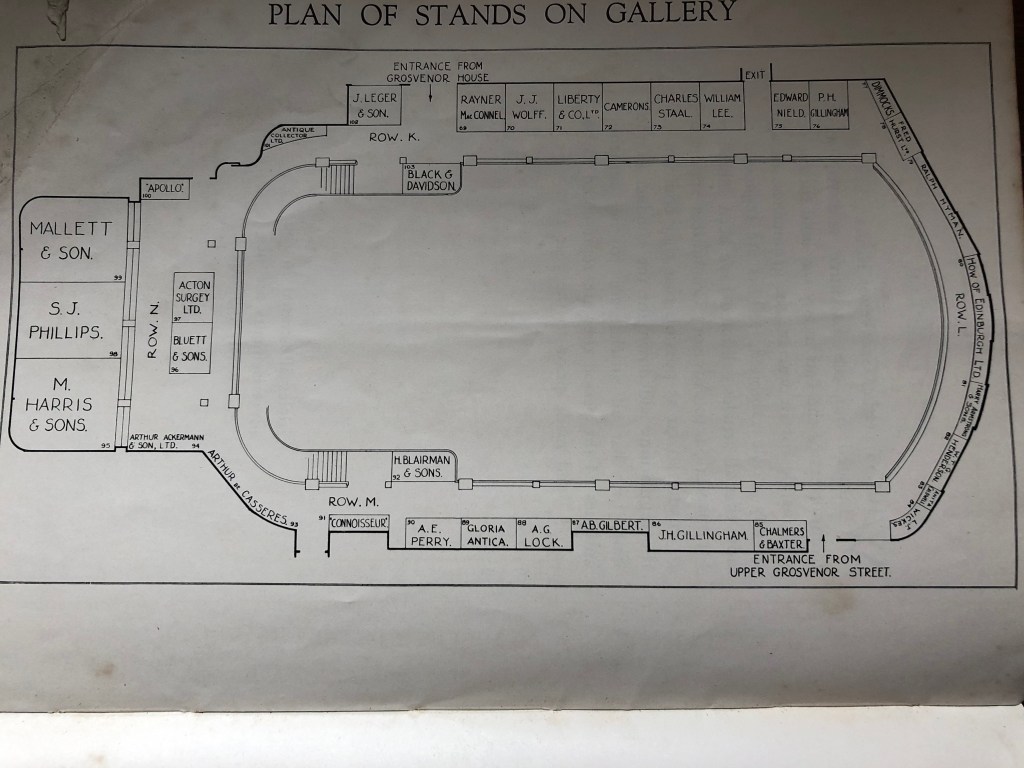
Floor-plan for the Gallery, The Antique Dealers’ Fair Handbook, 1935. Photograph, Antique Dealers Research Project, University of Leeds.
According to the arts journalist Frank Davis, former saleroom correspondent of The Times and later Country Life, some members of the antique trade were initially a little resistant to participate in the Fair. As Davis wrote, ‘I remember very well how opinions differed when the idea of a great fair in the heart of London was first mooted, many regarding the scheme as decidedly infra dig, presenting an honourable trade to a wide public as if it were a mere market in the souk of Algiers.’ (F. Davis, ‘High Standards from the Start’, The Grosvenor House Antiques Fair Handbook, 1983, pp.8-9, p.8). And it is striking that there were a number of leading antique dealers absent in the very first iteration of The Antique Dealers’ Fair in 1934 – Frank Partridge & Sons, Mallet & Son, Norman Adams, H. Blairman & Sons, Moss Harris & Sons, for example, are all absent from the first Fair in 1934, but appear to have embraced the Fair by 1935.
The other interesting aspect in the pages of the Antique Dealers’ Fair handbooks is in the presentation of information by the antique dealers. In the first handbooks, in the 1935 and 1936 editions, the dealers seem to merely use the pages in the handbooks to reproduce magazine advertisements – they look like any dealer adverts of the period in magazines such as The Connoisseur or Apollo – here’s an example from the 1935 Antique Dealers’ Fair handbook for the well-known dealer Jessie M. Botibol. Indeed, many of the dealer advertisements in the 1935 handbook do not even illustrate any objects at all, and merely list the addresses and specialisms (antique silver, or ceramics, for example) of the dealer.
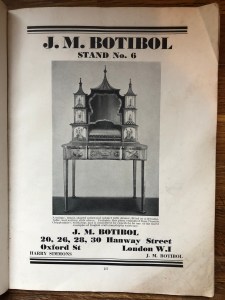
Advertisement for J.M. Botibol from The Antique Dealers’ Fair handbook 1935. Photograph, Antiques Dealers Research Project, University of Leeds.
Just two years later, from 1937, the pages of the handbooks shift format, and focus much more on objects that the particular dealer will have on display and for sale at the fair. Here’s one example from the 1937 handbook, from the famous dealers Hotspur, then trading from Frith Street, Soho Square, London – as the caption at the bottom of the page states, ‘the above are displayed by Hotspur’.

Advertisement for Hotspur, Frith Street, London, in The Antique Dealers’ Fair handbook 1935. Photograph, Antiques Dealers Research Project, University of Leeds.
This is a minor change of course, but directs attention to how the handbooks for the Antique Dealers’ Fair began to act more like catalogues of an exhibition, rather than as commercial advertisements for the trade – and in this sense this shift also perhaps reflects the desires of those organising and participating in the fair to successfully blend the discourse of private and public value, positioning the fair as much for public education as for private profit.
The handbooks for The Antique Dealers’ Fair provide fascinating insights into the history of the antique trade in Britain, and I hope to compose some more blog posts on these important resources over the coming months.
Mark
